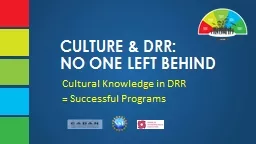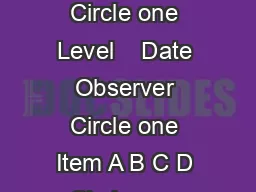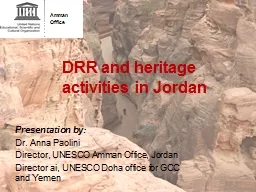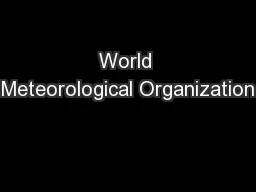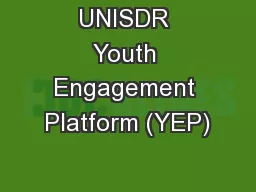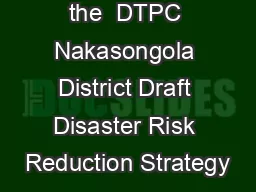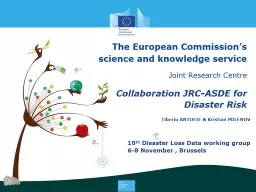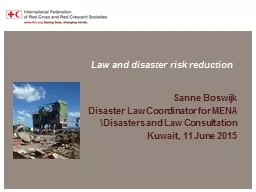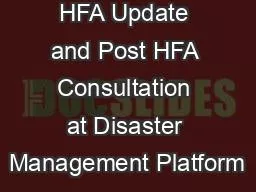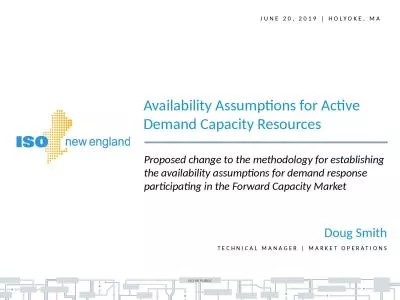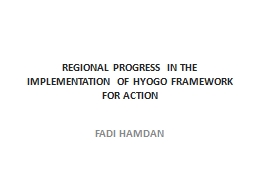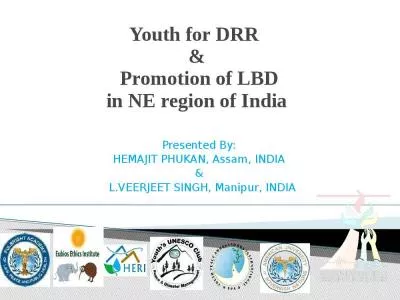PPT-CULTURE & DRR: NO ONE LEFT BEHIND
Author : luanne-stotts | Published Date : 2018-02-19
Cultural Knowledge in DRR Successful Programs The Power of Culture Every human group and human being is influenced by cultural factors that shape their decisions
Presentation Embed Code
Download Presentation
Download Presentation The PPT/PDF document "CULTURE & DRR: NO ONE LEFT BEHIND" is the property of its rightful owner. Permission is granted to download and print the materials on this website for personal, non-commercial use only, and to display it on your personal computer provided you do not modify the materials and that you retain all copyright notices contained in the materials. By downloading content from our website, you accept the terms of this agreement.
CULTURE & DRR: NO ONE LEFT BEHIND: Transcript
Download Rules Of Document
"CULTURE & DRR: NO ONE LEFT BEHIND"The content belongs to its owner. You may download and print it for personal use, without modification, and keep all copyright notices. By downloading, you agree to these terms.
Related Documents

